 Print This Post
Print This Post
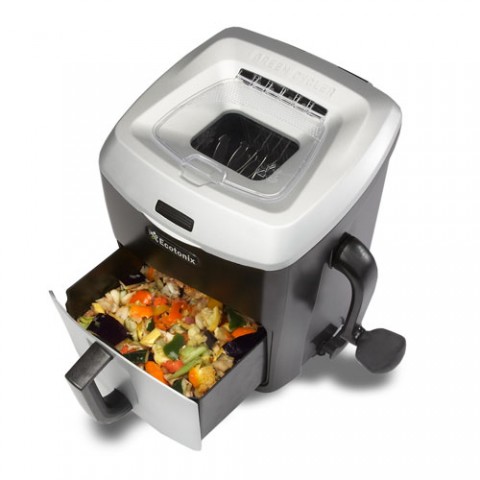
Today, April 22, is Earth Day. This celebration is 44 years old, having been founded in 1970 by a U.S. senator as an environmental teach-in (ah, the ‘70s!) about air and water pollution.
In fact, the first Earth Day was so successful it led to the creation of the U.S. Environmental Protection Agency and the passage of the Clean Air, Clean Water and Endangered Species Acts.
Since that beginning, the movement has gone international, and is now widely celebrated as a time to honor the Earth and focus on environmental protection, clean energy and climate change.
One of the best Earth-friendly strategies home cooks can employ is to simply turn recycled food scraps right into the dirt outside in the garden.
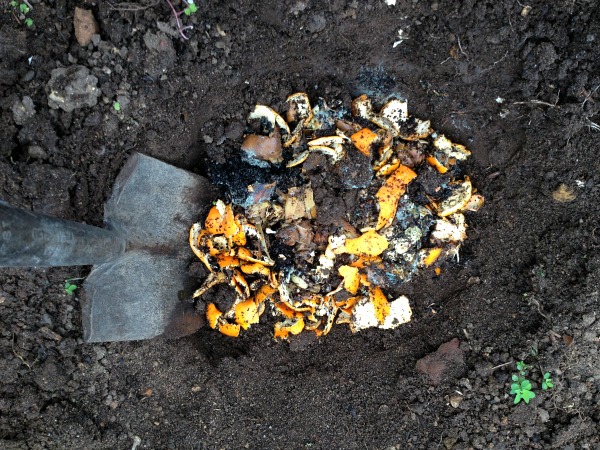 I’m a longtime composter, from burying scraps and eggshells as a teenager in my patch of dirt in suburban Los Angeles to today, when I have a small but productive vegetable garden in my Southern Calif. backyard, fed by compost.
I’m a longtime composter, from burying scraps and eggshells as a teenager in my patch of dirt in suburban Los Angeles to today, when I have a small but productive vegetable garden in my Southern Calif. backyard, fed by compost.
For the past 6 months I have been trying out a machine called the Green Cycler, and it truly makes composting and recycling fruit and vegetable scraps extremely easy. The Green Cycler shreds kitchen scraps into small pieces, turning them into precious “black gold” to feed shrubs, trees and garden beds.
Here’s how it works
When you peel or trim fruits and vegetables, you simply stuff the trimmings into the Green Cycler, shut the top trap door, and hand-crank a few turns until your scraps are shredded into the enclosed box-drawer below. When the drawer is full, go outside, dig a hole in the dirt, dump in the shreds, cover with dirt, and let nature (and worms) take its course.
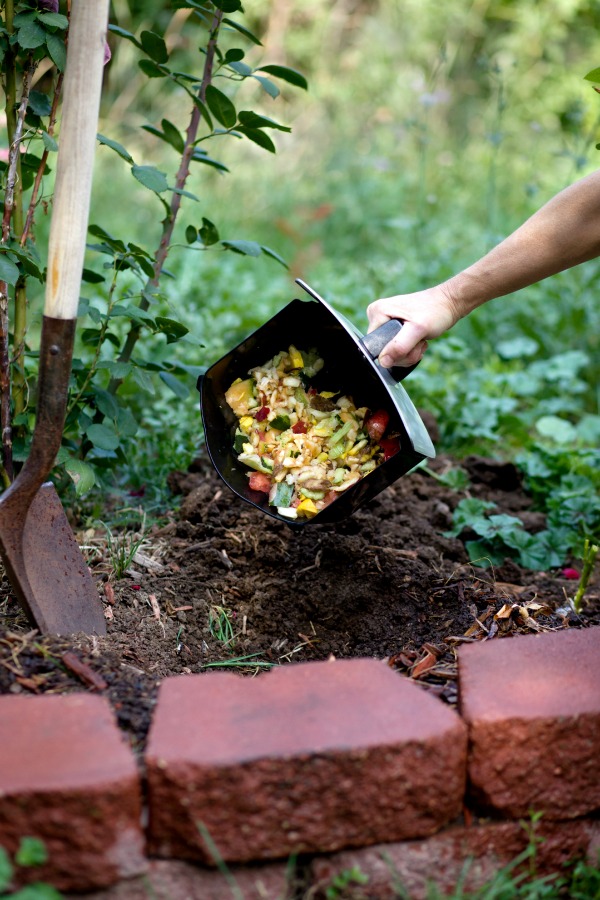 I have lots of trimmings from our daily meals, ranging from potato eyes, citrus peels, apple cores, mango skin, avocado peel, pineapple hide, strawberry hulls, outer onion skins, lettuce cores, etc. The only thing it wouldn’t grind was pineapple top, and I decided to plant those and see if I could grow a pineapple plant. (More on that later if it works.)
I have lots of trimmings from our daily meals, ranging from potato eyes, citrus peels, apple cores, mango skin, avocado peel, pineapple hide, strawberry hulls, outer onion skins, lettuce cores, etc. The only thing it wouldn’t grind was pineapple top, and I decided to plant those and see if I could grow a pineapple plant. (More on that later if it works.)
Cleanup is easy: I simply rinse out the drawer, rinse the grinder mechanism (or you can put it in the dishwasher if you like), and quickly reassemble for the next load of trimmings. If I have been particularly messy, I take my hand-held kitchen faucet sprayer and spray out the whole contraption and let it air dry.
Size matters!
In the past, I have thrown large pieces of trimmings and peels into a hole in the ground, covered with dirt, and let it alone to compost and work its way back to the Earth. I have also been known to grind up compost in my blender – making a sort of compost smoothie – hoping to speed up the breakdown that way. Neither way was ideal; left large, the big pieces never broke down, really, and months later while digging in the ground, I might dig them up virtually intact! And the compost smoothie made a sort of solid paste that, when poured around a plant, formed a kind of hardened “plate.”
Apparently the size of the plant particles that go into compost affect the aeration, and that’s why the shreds produced by the Green Cycler composted and decomposed faster and better. It was explained this way by experts from the Colorado Master Gardener Program:
“Large particles allow a lot of air to circulate around the plant chunks, but breakdown is slow because microbes can act only on the outside, not on the inside of the large chunks. Particles chopped into smaller chunks increase the surface area for microbes to operate. Particles chopped too small will compact and restrict air flow. Moderate-sized plant pieces of 0.5 to 1.5 inches are the best size to use and can be produced by hand or machine shredding. Chop woody materials into a smaller size. Leave soft plant parts in larger pieces for effective composting. Fluff or turn the material with a pitchfork or aerator tool at regular intervals to provide additional aeration and distribute microbes throughout the compost.”
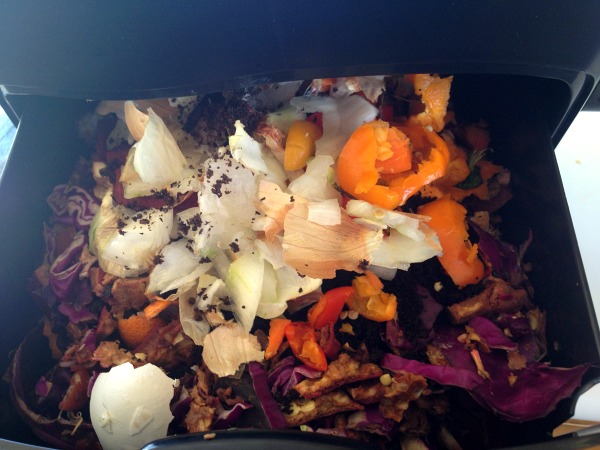 It’s like the Goldilocks principle – my scraps were too large, my compost smoothie was too small, but the Green Cycler produces shreds just the right size. The shreds I shoveled into the soil turned into composted soil in a couple of weeks. As I dug up the same area after a couple of weeks, there were no remnants to be found!
It’s like the Goldilocks principle – my scraps were too large, my compost smoothie was too small, but the Green Cycler produces shreds just the right size. The shreds I shoveled into the soil turned into composted soil in a couple of weeks. As I dug up the same area after a couple of weeks, there were no remnants to be found! 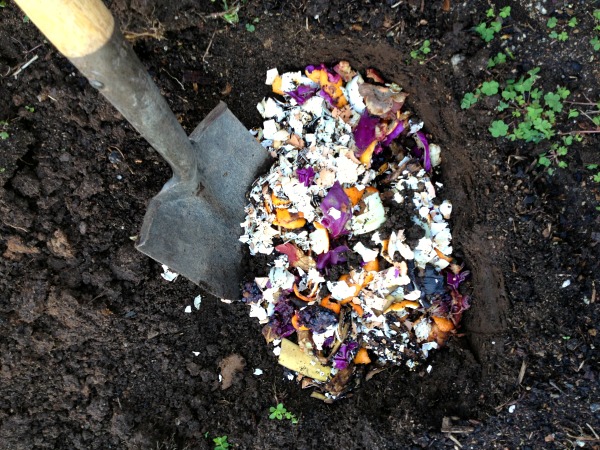
Does it work? Do I need it?
I bring a lot of skepticism to new gadgets. Why do I need them? Can I just do the same task with something I already have? Does it make a real difference?
Yes, the Green Cycler works well, the hand crank is easy to use, and it is easy to clean and assemble.
I did really wonder whether I needed it since I have a blender. Couldn’t I just sort of blend up my trimmings? As I saw in my own use of it, shredding rather than blending gives the worms more to latch onto and eat, so it has made a palpable difference in my own composting.
I can’t really put food scraps/produce trimmings in a regular above-ground compost pile because I have critters in the backyard – raccoons, bunnies, the occasional deer – and they won’t leave food alone. So turning my scraps right into the soil once a week works best for me, and the Green Cycler makes this easy to shred them and store them.
The only issue I had with it was where to store the unit itself. Although many people apparently keep it on the countertop, my countertop real estate is spoken for, so I started out with it under my kitchen sink. This was a handy space, especially near to the kitchen sink and trash so I could direct the trimmings into the Green Cycler instead of the trash, but I ran into a problem.
My Southern California kitchen was too consistently warm and hospitable and I began growing a fleet of fruit flies in the Green Cycler. It was probably my own fault for leaving the shreds in there too long before taking them outside to dig under. So now I keep it outside on the covered patio, and all is well. Problem solved.
Gift: It would make a great gift for the green-minded and also for gardeners. Kids will like it because it is fun to load up and crank, and they can really get involved.
Composting is easy. It doesn’t have to get any more complicated than shredding your kitchen waste and shoveling it into a hole in the garden.
Will you pledge to do it along with me?
The Green Cycler sells for $119 and is available ONLINE at the following:
- The Green Cycler
- Livingreen
- EthicalSuperstore.com
- Garden Worms.com
- Appliance Warehouse
- Home Depot
- Gardener’s Supply Company
- Costco
- Grow Organic
Disclosure: The Green Cycler sent a machine for review. My opinions are my own, and there was no expectation of a positive review.








 Welcome to my kitchen!
At ShockD, you’ll find scrumptious, tried & true, "scary good" recipes, tips and coaching to make YOU a fabulous home cook! Don't blame me if you need a 12-step program to wean yourself away!
E-mail me: Dorothy.Reinhold@gmail.com
Welcome to my kitchen!
At ShockD, you’ll find scrumptious, tried & true, "scary good" recipes, tips and coaching to make YOU a fabulous home cook! Don't blame me if you need a 12-step program to wean yourself away!
E-mail me: Dorothy.Reinhold@gmail.com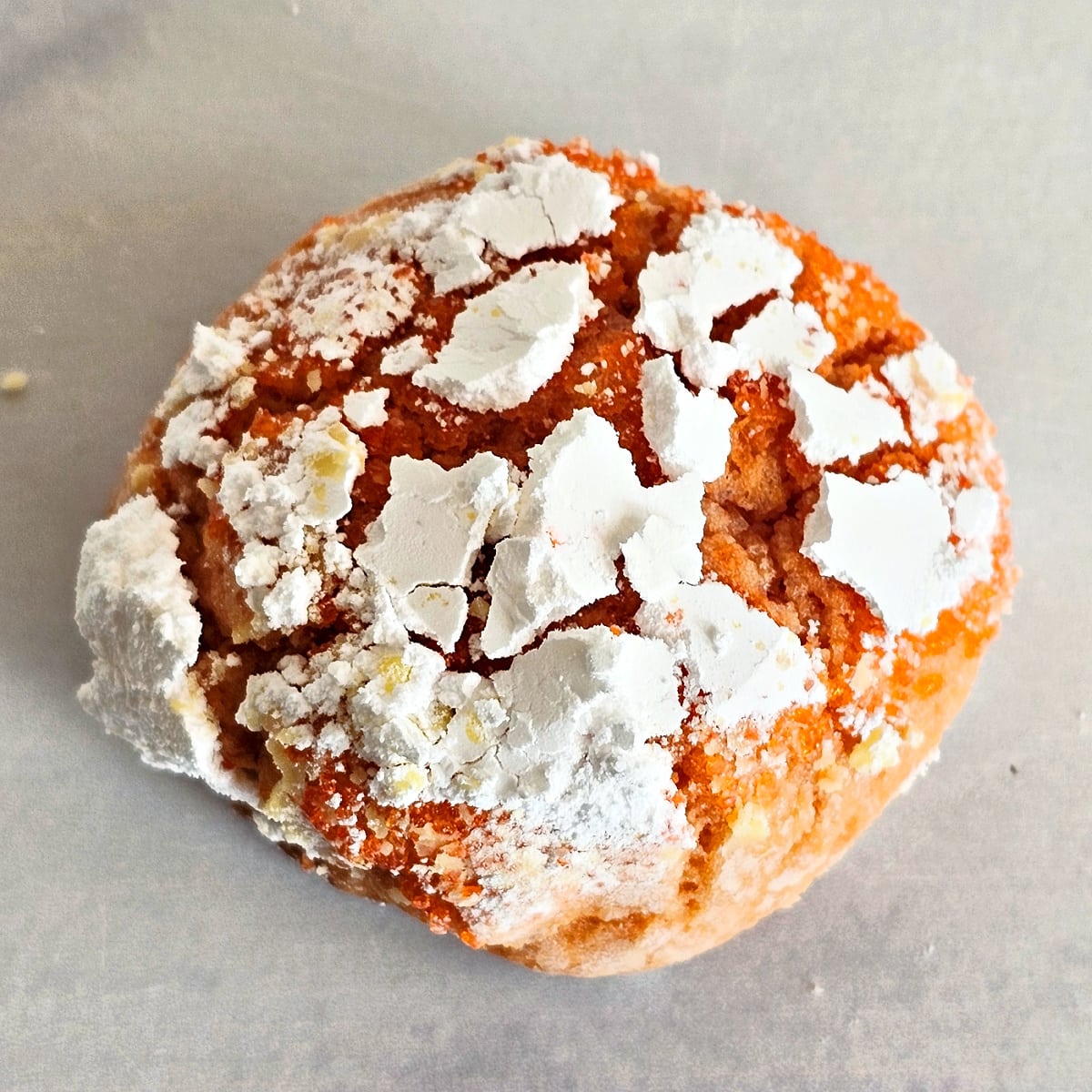
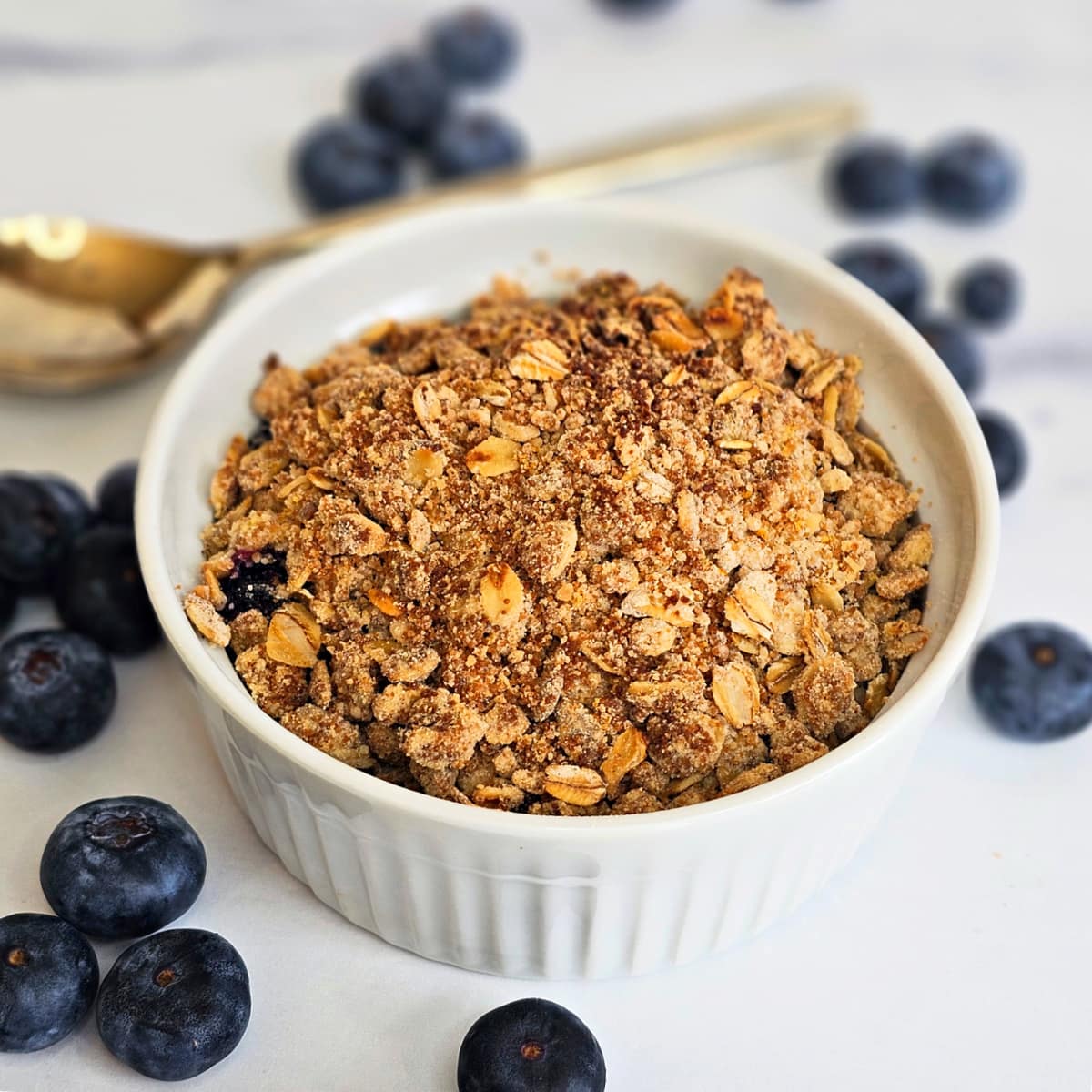


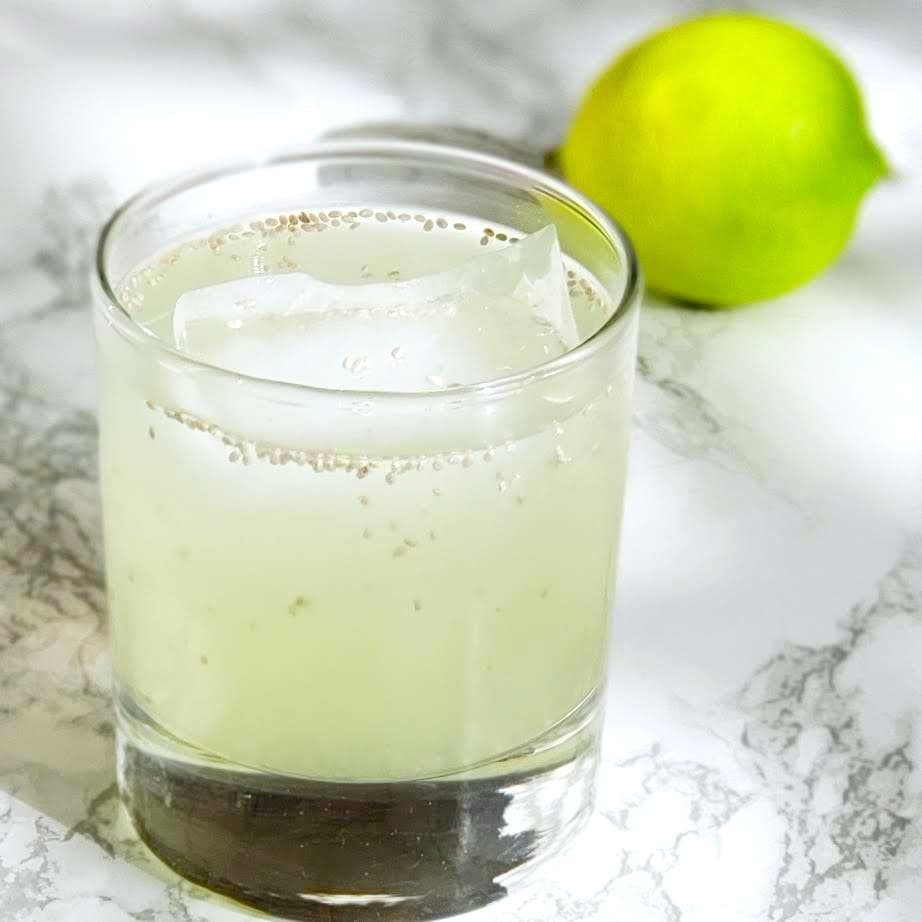
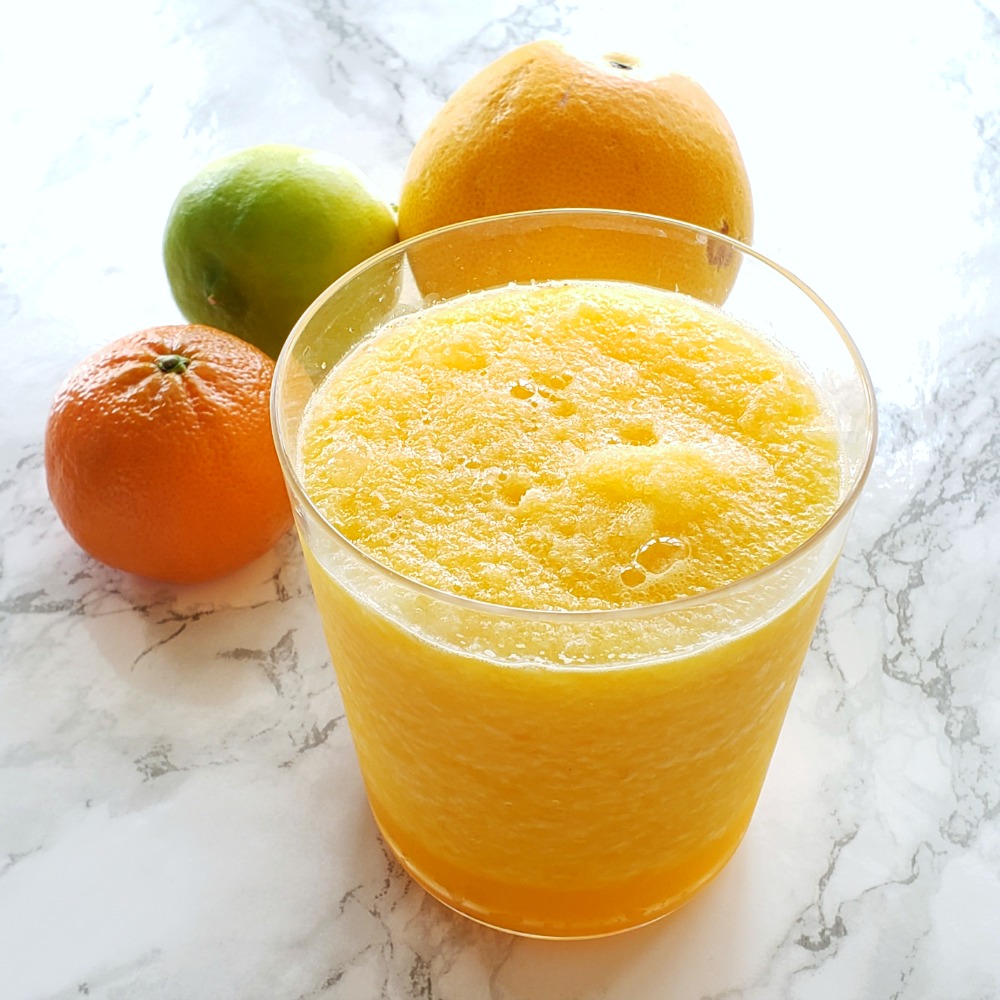
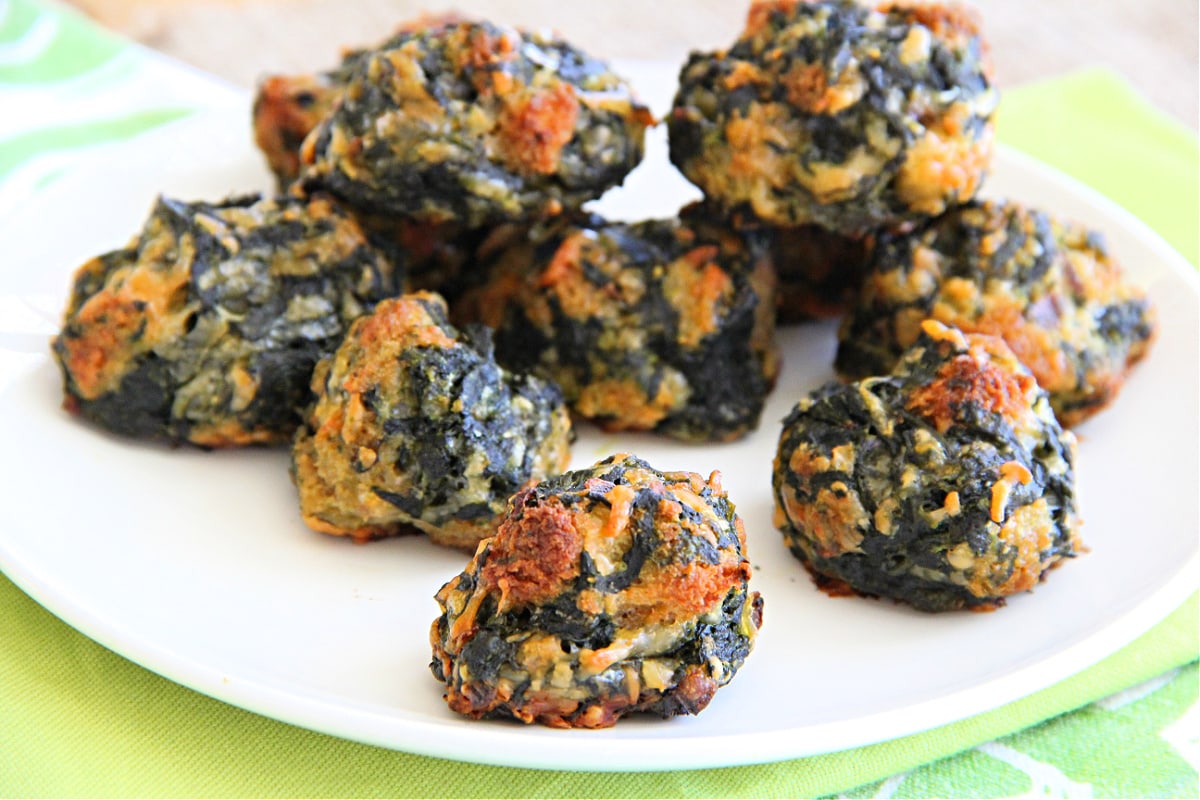
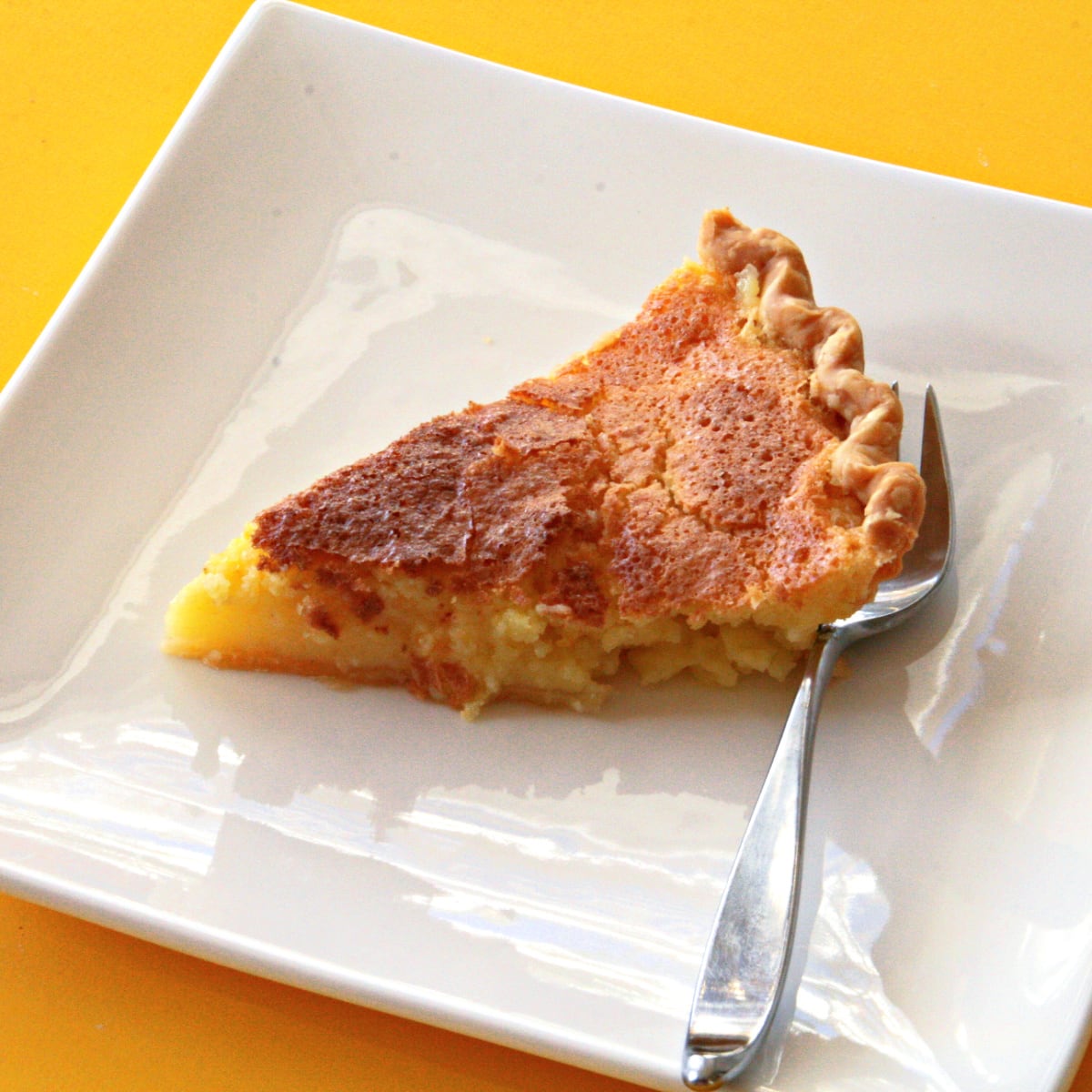

{ 2 comments… read them below or add one }
We’ve just started composting again now that we’re settled at our new home – hoping to plant my very first garden this spring… getting excited! 🙂
Rebekah,
There is SO MUCH that can be composted from the kitchen! Good luck!